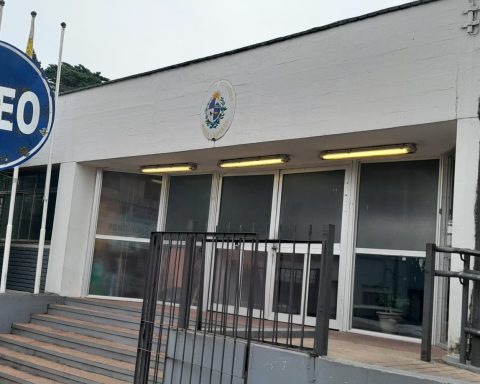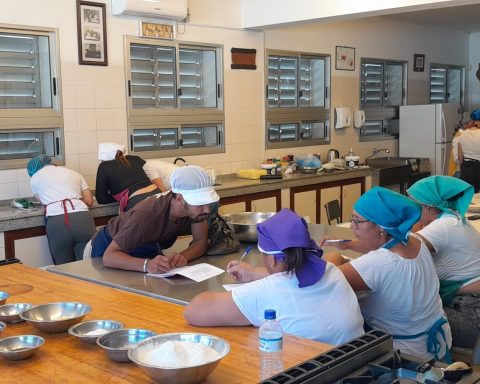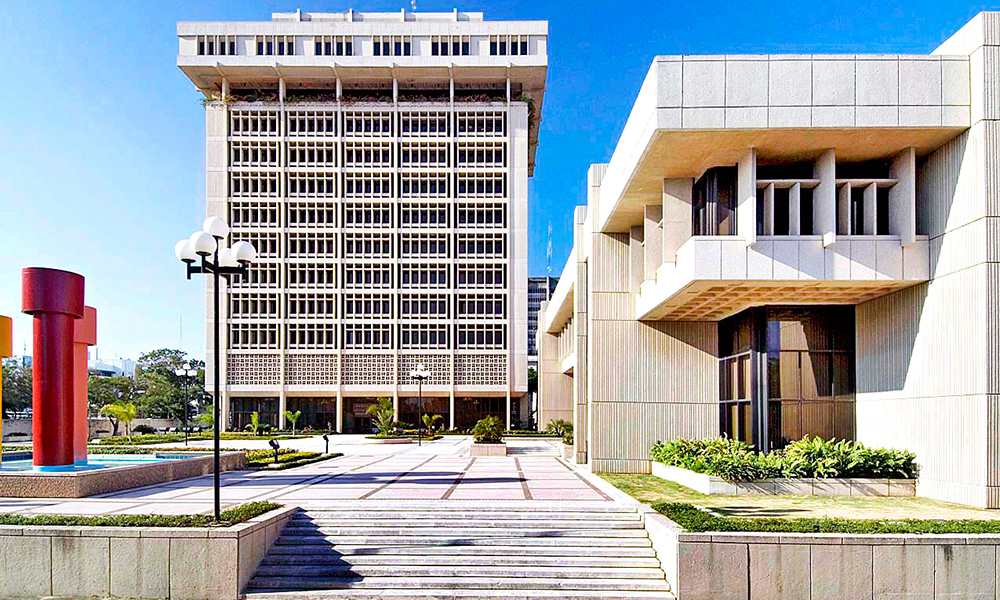Having a design culture has become a key objective of organizations that want or must build their competitive advantage on the loyalty of their customers. We go back to the beginning of the story, with a client whose centrality is at the base of the business and this priority is felt in the hearts and is thought in the heads of the teams that design products and services for that client.
The new maxim is “good design is good business”, Since the new design tools bring improvements to the traditional design and achieve better proposals in less time. The technology embedded in the business not only opens up new lines of exploration and execution, but also promotes the transversality of the entire design process and installs conversations that integrate sectors that, in previous formats, acted as watertight silos.
Design the design culture
Design culture is the frame of reference that naturalizes the measurement of the impact of design, the feedback timely and fluid to designers, the vocation for exploration to the root cause and the attitudes and behaviors of a way of doing that revolves around design, with the creation of value as the central axis.
The question, then, is to start with the design of the design culture. To do this, we can take as a reference the article by Jennifer Kilian, “Building a design dirven culture”, Which in addition to being clear is brief and, therefore, very useful.
As a starting point, really understanding the client usually involves an exercise in self-criticism and even unlearning. Typically, the organization has customer-oriented processes and a narrative that alludes to customer satisfaction. However, the type of customer focus that characterizes a design culture involves the review of KPIs, in order to go beyond the question “what do customers want” and have the metrics that allow understanding “why the customer wants what he wants ”. In cases like Amazon, managers wiretap the call center for this purpose and there are many similar examples in which leaders make time to be in the front desk and explore for themselves.
To know the client it is necessary to see and hear them, but the information obtained feeds a good design process only to the extent that we can significantly increase the levels of empathy with those clients. True listening and the emotional resonance of the bond with the client is what will allow you to create archetypes that go beyond demographics and design a value proposition throughout your entire journey. Empathy and understanding of the client ceases to be the property of the marketing area and runs through the entire organization, now focused on indicators such as customer lifetime value (customer lifetime value), real-time satisfaction of each segment thinking about making visible the deep relationship of the customer with the brand over time.
Develop the journey Customer requires inputs from many areas of the organization working as a team and designing in real time. The design culture in action has an impact when the areas work together with the customer experience as an absolute priority and, from there, make decisions that ensure that the journey of the client is aligned with the business strategy and that value is effectively delivered. Agility is part of this way of working that achieves short-term results.
Good design is agile. Acting quickly is vital in a design culture that ensures good time to market. This implies having an outstanding ability to prototype and do so with frequent iteration and adaptations aligned to the feedback the client’s. In a design culture, there is no fear of launching a product that is not totally perfect, it goes on the market with the minimum viable product waiting for a feedback immediate customer. From this, changes are incorporated and the next version is launched.
Building a design culture requires leadership with real authority, continually tracking metrics and ensuring that the right people are on collaborative teams who can work in flexible environments, always geared towards customer satisfaction and obsessed with accelerating business. processes.
These people, these designers, are always ready to learn, no matter how much they know and how much they have worked … Because they are aware that each interaction with the client is an opportunity to get to know them better and to redesign their experience, in a career that has no end. .

















